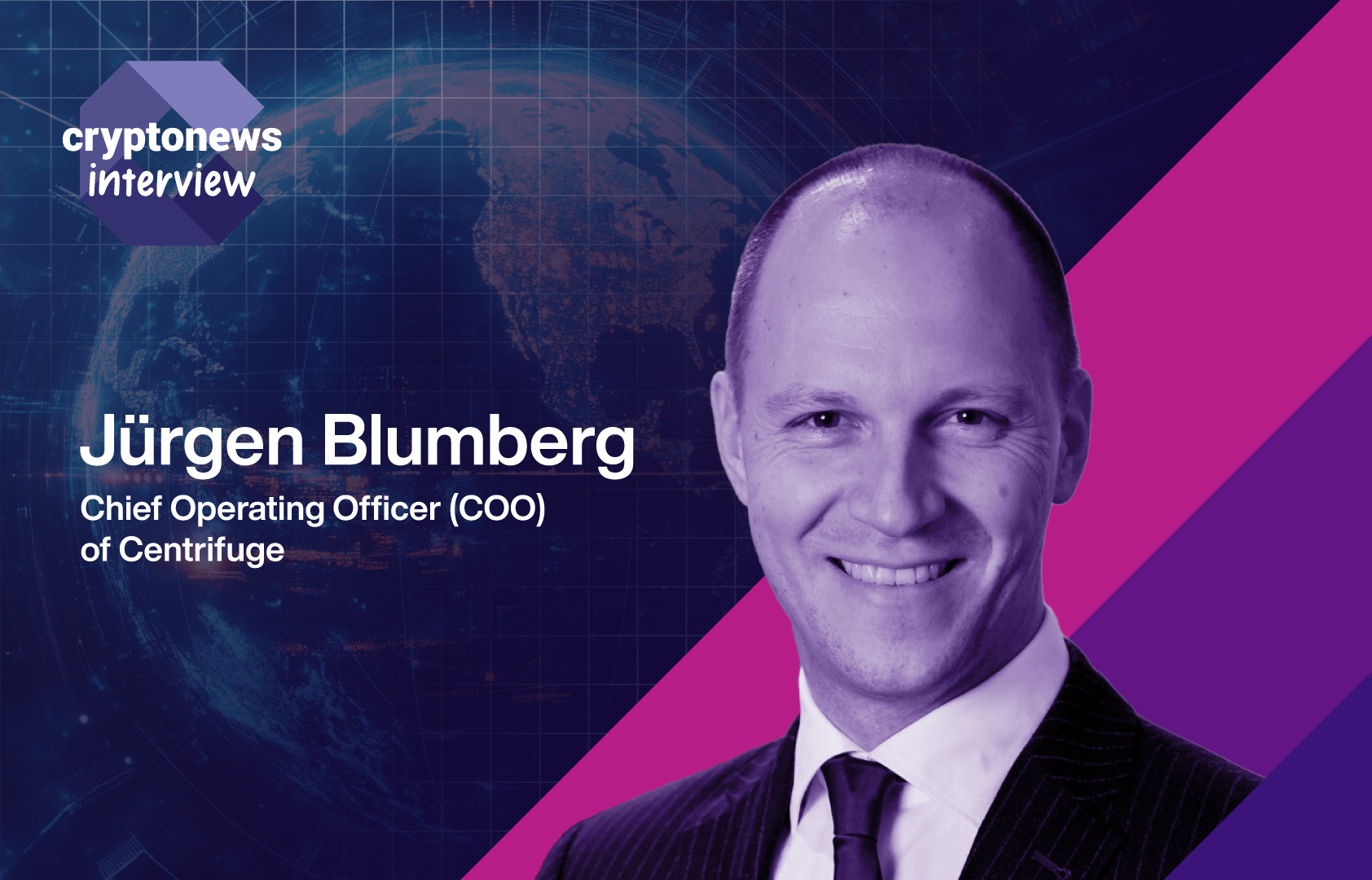Coinbase relaunches Stablecoin Bootstrap Fund to boost DeFi liquidity
Coinbase has brought back its Stablecoin Bootstrap Fund, injecting capital into the decentralized finance ecosystem to enhance liquidity for both USDC and EURC.
- Coinbase has relaunched its Stablecoin Bootstrap Fund to boost USDC and EURC liquidity.
- Initial placements target Aave, Morpho, Kamino, and Jupiter to stabilize lending and trading.
- The move is positioned as a long-term strategy to support DeFi growth across chains.
Announced on Aug. 12, the initiative represents the fund’s first significant activity in more than four years and indicates a renewed emphasis on the adoption of stablecoins in on-chain markets.
Seeding liquidity across key DeFi platforms
The first allocations will go to Aave (AAVE) and Morpho (MORPHO) on Ethereum (ETH) to steady lending pools and improve borrowing efficiency, and to Solana-based Kamino and Jupiter (JUP) to expand token swaps and liquidity routing.
USD Coin (USDC) already supports about $8.9 billion in total value locked and moves roughly $2.7 trillion on-chain each year across networks including Ethereum, Base, Solana (SOL), and Sui (SUI).
By seeding these protocols, Coinbase aims to make trading more efficient, cut slippage, and support both established players and emerging teams. The company has said the program is open to pre-launch and early-stage projects that need a liquidity base to attract users.
Strategic push amid a competitive stablecoin landscape
The relaunch follows a similar attempt in 2019 that helped USDC gain traction in DeFi by seeding liquidity on platforms like Uniswap (UNI), Compound (COMP), and dYdX. This time, the fund enters a market where total DeFi TVL is near $160 billion, with Tether (USDT) being the dominant stablecoin by market cap.
Coinbase sees an opportunity to push USDC and EURC into more active use by making them readily available on high-volume protocols. The company plans to expand the fund’s reach based on how these early placements perform, with the longer-term goal of making stablecoins a trusted settlement tool across multiple blockchains.
With DeFi volumes increasing and stablecoin regulations becoming clearer in several jurisdictions, Coinbase’s renewed push for liquidity might come at a good time.
But whether or not this capital infusion leads to a measurable change in market share will likely depend on developer adoption, ongoing incentives, and how quickly DeFi protocols integrate these stablecoins into core markets.
Vous aimerez peut-être aussi

Centrifuge COO Jürgen Blumberg: “DeFi Is Having Its ETF Moment”

Since the outbreak of the Israeli-Iranian conflict, Tether has frozen about 700 million USDT in 112 wallet addresses
